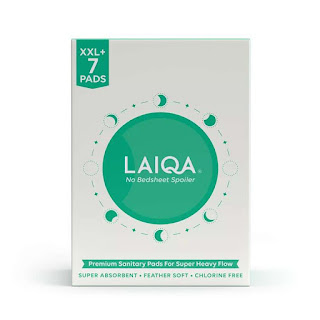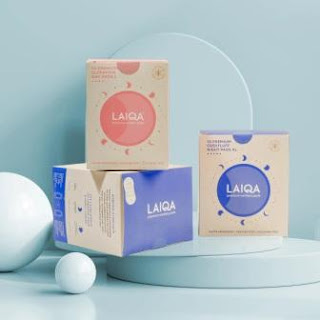Napkin Sanitary Pads - A Sustainable Solution for Menstrual Hygiene Management

In many parts of the world, access to menstrual hygiene products is limited. This can have severe consequences for women and girls, who may be forced to miss school, work, or other activities during their periods. In some cases, they may resort to using unsanitary materials, which can lead to infection and other health problems. However, a simple solution has emerged to address this problem: the napkin sanitary pad.
A napkin sanitary pad is a handmade, reusable pad made from a piece of cloth or fabric. It is designed to be worn during menstruation and can be washed and reused for several cycles. The idea behind the napkin sanitary pad is to provide a low-cost, sustainable option for women who may not have access to commercial menstrual products.
Making a napkin sanitary pad is relatively easy. All you need is a piece of fabric, such as cotton or flannel, and a few basic sewing supplies. You can find many tutorials and patterns online that will guide you through the process.
To use a Sanitary Pads, you simply place it inside your underwear, just like you would with a commercial pad. Once it becomes soiled, you can rinse it out and wash it with soap and water. Then, you can hang it to dry or put it in the dryer. With proper care, a napkin sanitary pad can last for several months.
One of the biggest benefits of using plastic free sanitary pads is that it is environmentally friendly. Commercial pads and tampons generate a significant amount of waste, as they are typically disposed of after just one use. In contrast, a napkin sanitary pad can be reused many times, reducing the amount of waste that ends up in landfills.
Overall, napkin sanitary pads are a low-cost, sustainable option for menstrual hygiene management. While they may not be suitable for everyone, they can be a lifesaver for women and girls who may not have access to commercial products. With a little bit of effort, anyone can make their own napkin sanitary pads and help promote menstrual hygiene and environmental sustainability.



Comments
Post a Comment